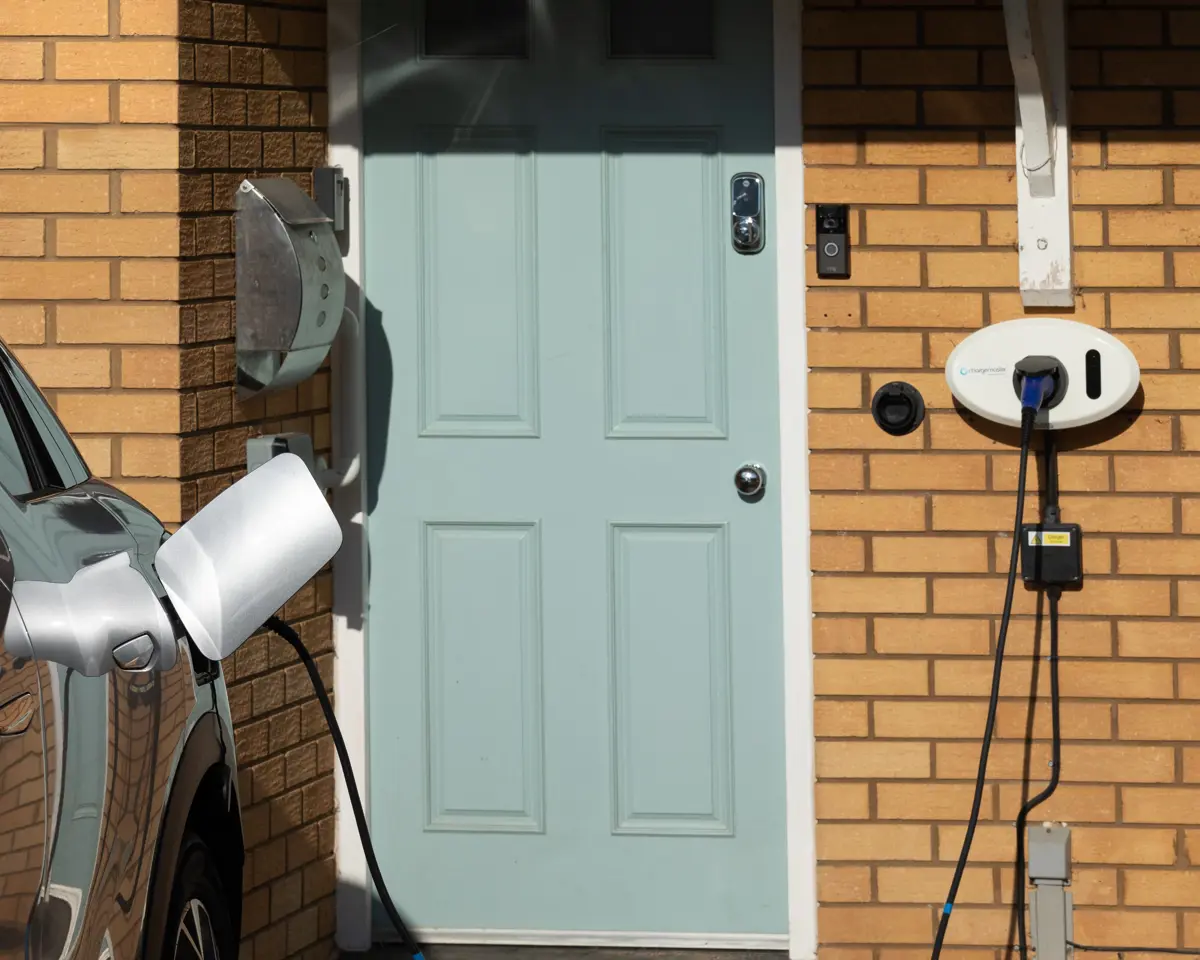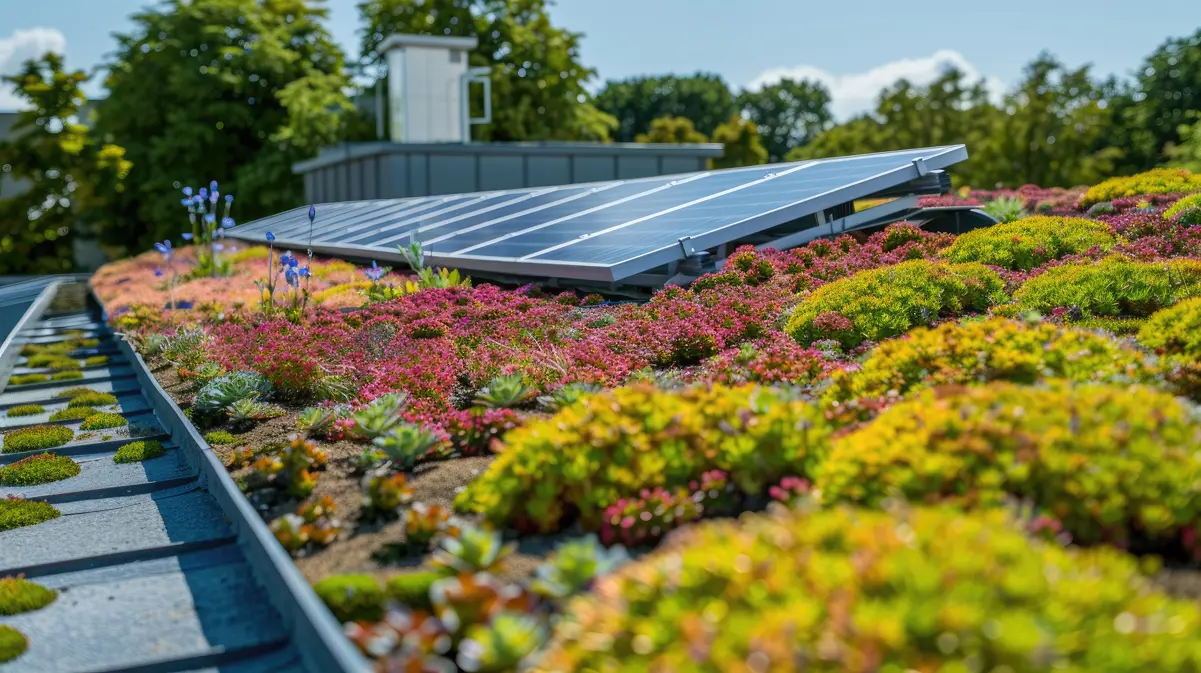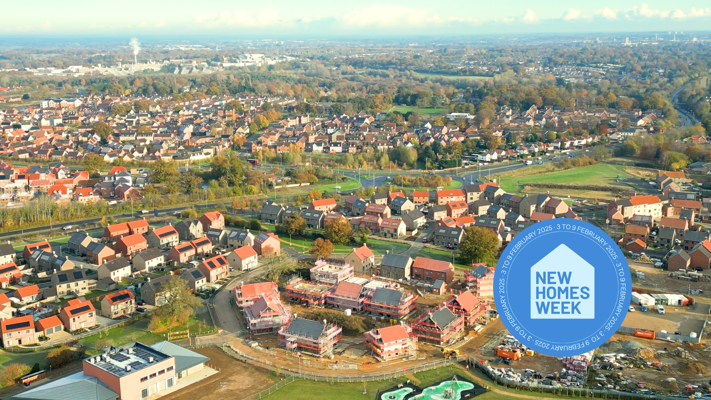
The Future of New Homes
Wed 05 Feb 2025
What is the future for new homes? Mason Burrell, New Homes Manager, discusses:
While looking to the future, I am told it is always good to consider the past. If this is truly the case, I need go no further back than the early 1960s.
In 1961 a report was produced by a committee on the standard of modern housing. This report was called the Parker Morris Report ‘Homes for Today and Tomorrow’. The report concentrated on the standard of space in public housing in the UK. A committee lead by Sir Parker Morris recommended new standards for the construction of both public and private homes, which reflected changing patterns of living and increased informality in the way living space was used.
The report considered how big the rooms should be and even what furniture was necessary; kitchens were built to provide more space for families to eat. This was also the birth of the L-shaped living/dining room and open plan accommodation. The report was so influential that these recommendations regarding the use of space became mandatory for all housing built in new towns in 1967.
Whilst considering the future of new homes, it seems hard to believe that some of the recommendations within this report included that all one, two and three-bedroom homes should have one flushing toilet, and a semi detached or terraced house, which was to house four people, should have a net floor area of 780 sq ft. Although ground-breaking and radical at the time, the Morris Report was superseded in 1985 by the Housing Act, which has also recently been improved by the Nationally Described Space Standards.
Fashion, of course, has had a part to play in house design and improvements, but due to current environmental concerns, housing design going forwards will be very focused on the changing climate, reducing costs and limiting the use of fossil fuel. There is a house in Germany called the Heliotrope which rotates on an axis following the sun, allowing the property to make full use of solar gain and efficiency for its solar panels.
Air source heat pumps are now common place within new build homes and with the need to reduce carbon emissions, new homes are fitted with electric car charging points.
With dryer summers predicted and ongoing water shortages, rainwater harvesting and greywater recycling is something that I am sure we will all see in the not-too-distant future. We will also see improved methods of maintaining room temperatures with cooling systems.
The National House Building Council (NHBC) has also produced reports with their predictions of how we will all live in the future. As life expectancy increases and costs rise, it is believed that there is going to be a big change in the way we live, with the need for multi-generational living. Rather than spend vast amounts of money on care homes, elderly relatives may start living in the same homes as their younger relatives, especially as property prices rise.
With technology becoming more efficient, it is predicted that the use of appliances will change drastically (such as motion sensor lighting and heating), which will reduce the excessive use of electricity. There may even be a time where properties will remind occupants to take medication or be able to monitor blood/sugar levels or blood pressure. With safety in mind, the busy parent may be able to voice activate the running of a bath at the safe temperature for a young child.
It is also predicted that homes will become more efficient in design with moveable internal walls, allowing for the occupant to change the layout to suit their needs of the moment. Our American cousins tend to have a utility/laundry on the first floor to save the need to carry washing to the ground floor.
We haven’t even touched on the need to protect insects and wildlife that are already in place. The green roof, covered normally in sedum, reduces building energy consumption and improves biodiversity. It is very common now to find individual bricks in the gable of a new house with many small holes in it to provide shelter for bees. We also now find new bird and bat boxes on new homes. Housing developers should also provide entrances in rear gardens to allow safe access for hedgehogs and other wildlife.
In conclusion, the sky is the limit, and new homes are going to constantly adapt for many years to come.
For more information, please contact Mason Burrell, New Homes Manager and Associate Partner, on 01603 598265, 07500 990499 or email mason.burrell@brown-co.com
Keep updated
Keep up-to-date with our latest news and updates. Sign up below and we'll add you to our mailing list.
 Brown&Co
Brown&Co



